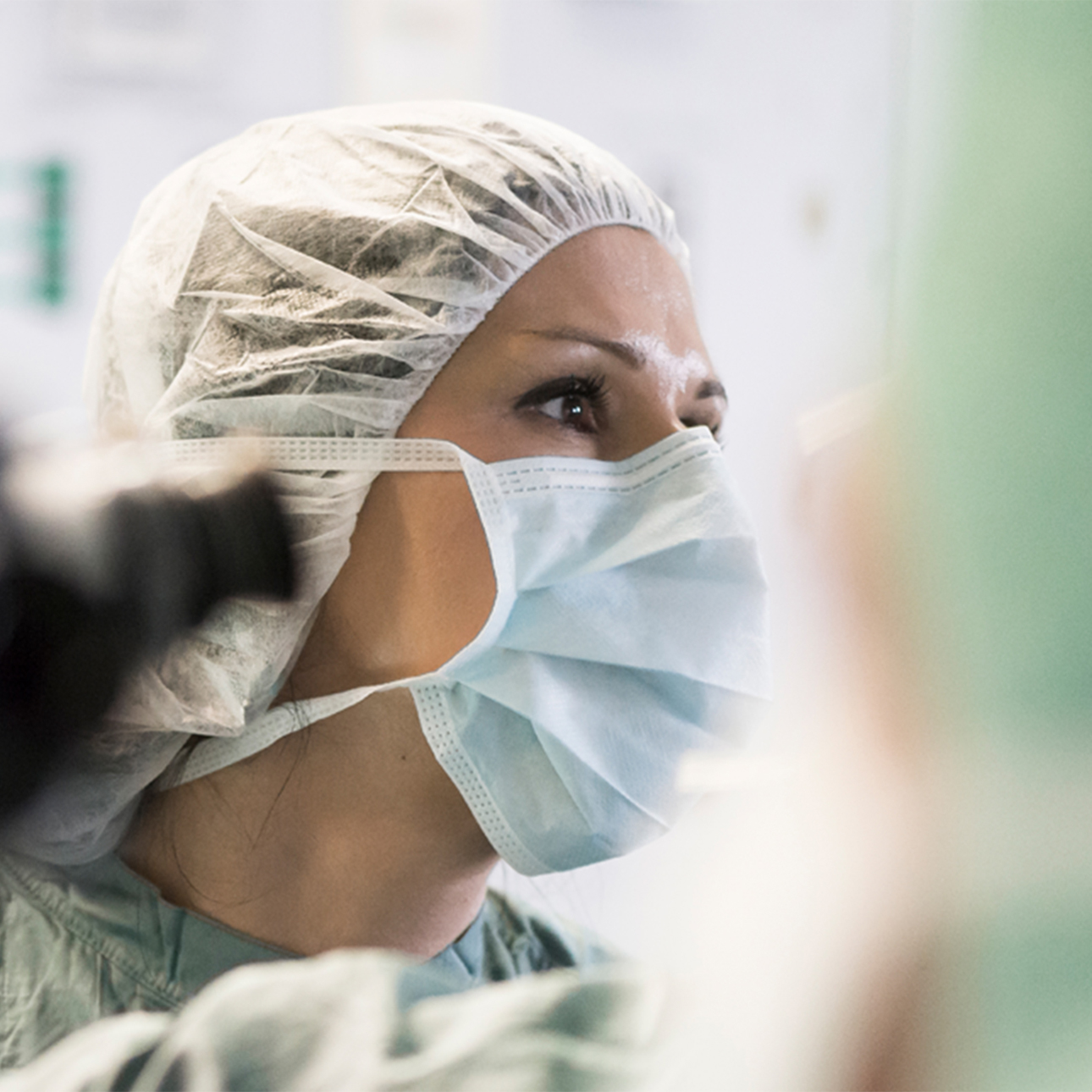
Parkinson's Disease
Treatments
Medications can provide dramatic relief from Parkinson's symptoms, but no drug can stop the progression of the disease. In some cases, surgery is an option. Some doctors recommend physical therapy or muscle strengthening. For many patients, a combination of these approaches works best.
Medication
Levodopa, combined with another drug called carbidopa or Sinemet, is the mainstay of Parkinson's therapy. Levodopa is rapidly converted into dopamine by the enzyme dopa decarboxylase (DDC), which is present in the central and peripheral nervous systems. Much of levodopa is metabolized before it reaches the brain.
Because these drugs are known to cause side effects and can become ineffective after prolonged periods of use, other drugs, such as dopamine agonists, amantadine, COMT inhibitors and anticholinergic medications also are used to treat Parkinson's disease.
Surgery
When medication is ineffective, surgery may be an option to control symptoms and improve quality of life. However, not everyone is a good candidate for surgery. For example, if a patient never responded or no longer responds to levodopa and carbidopa, surgery is unlikely to help. Only about 10 percent of Parkinson's patients are candidates for surgery.
Three surgical procedures are performed to treat Parkinson's disease — ablative or destructive surgery, stimulation surgery or deep brain stimulation (DBS), and transplantation or restorative surgery.
- Ablative Surgery This procedure locates, targets and then ablates or destroys a targeted area of the brain affected by Parkinson's. The object is to destroy tissue that produces abnormal chemical or electrical impulses that cause tremors and other symptoms of Parkinson's. A lesion of the globus pallidus, called pallidotomy, is the most common ablative surgery for Parkinson's disease.
- Deep Brain Stimulation (DBS) Like ablative surgery, deep brain stimulation surgery treats the tremors and slowness associated with Parkinson's disease. The procedure involves inserting a deep brain stimulator into certain areas of the brain. Instead of destroying the overactive cells that cause symptoms of Parkinson's, DBS temporarily disables them by sending pulses of electricity. This therapy has been shown to provide greater relief of symptoms with fewer side effects than other treatments.
- Transplantation In transplantation or restorative surgery, dopamine-producing cells are implanted into a certain part of the brain. The cells used for transplant may come from one of several sources — the patient's body, human embryos or pig embryos. Using stem cells for this procedure is currently being researched.
Complementary Treatments
Complementary or integrative care combines the best of alternative therapies — such as acupuncture, massage, meditation, herbs and nutrition — and conventional medicine. A number of treatments such as simply physical activity, physical therapy, massage and support groups can help relieve symptoms and improve quality of life. Discuss with your doctor the possible treatments he or she recommends to treat your symptoms.
UCSF Health medical specialists have reviewed this information. It is for educational purposes only and is not intended to replace the advice of your doctor or other health care provider. We encourage you to discuss any questions or concerns you may have with your provider.







